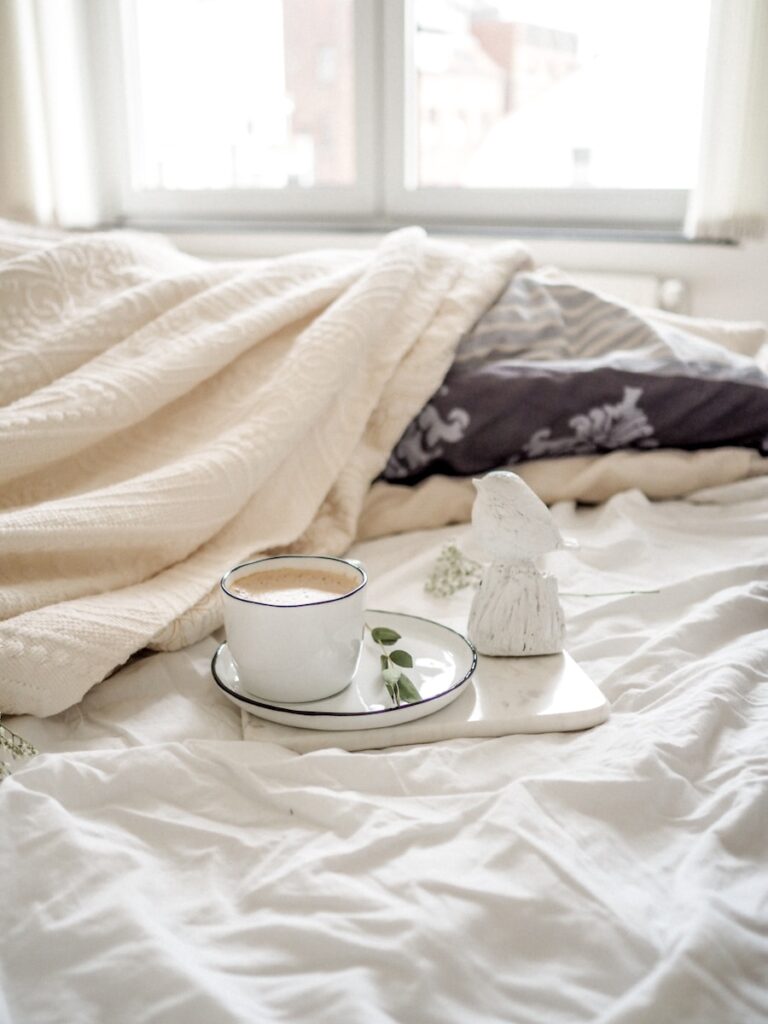
Most of us spend a significant portion of our lives nestled in our beds, a comforting sanctuary where we recharge and recover. While the hours we dedicate to sleep are crucial for normal brain function and overall health, there’s another, often overlooked, aspect that profoundly impacts our rest and well-being: the quality of our sleep environment.
A clean, welcoming bed, complete with crisp sheets, soft pillowcases, and fresh blankets, doesn’t just feel incredibly good; it actively supports deeper, more restorative sleep. Yet, despite its importance, many of us are unknowingly allowing our beds to become a bustling hub of unseen activity, compromising both our comfort and our health.
As a microbiologist, I’m here to shed some light on what’s truly happening in your bed every single night and why regular washing is far more than just a matter of basic cleanliness. Prepare to uncover the science-backed guidance that will transform your approach to bedding hygiene and, in turn, your nightly rest.

1. **The Hidden World of Your Bed: Why Cleanliness is Crucial for Health and Sleep**
It’s a common scenario: you climb into bed, feeling clean after a shower, ready for a night of peaceful slumber. But beneath the surface of seemingly pristine sheets, a complex ecosystem is thriving. This isn’t just about appearances; it’s about the very foundation of a healthy life, given that we spend approximately a third of our lives enveloped in our bedding.
The implications of a less-than-hygienic sleep environment extend beyond mere discomfort. They touch upon our respiratory health, skin conditions, and even the efficiency of our immune systems. A clean bed is not just a luxury; it is a fundamental component of our overall well-being, directly influencing how well our bodies and minds can recover each night.
Ignoring the silent build-up of unseen elements in our bedding can lead to a host of issues, from minor irritations to more serious health concerns. Understanding the ‘why’ behind regular washing is the first crucial step towards creating a truly supportive and healthy sleep haven.
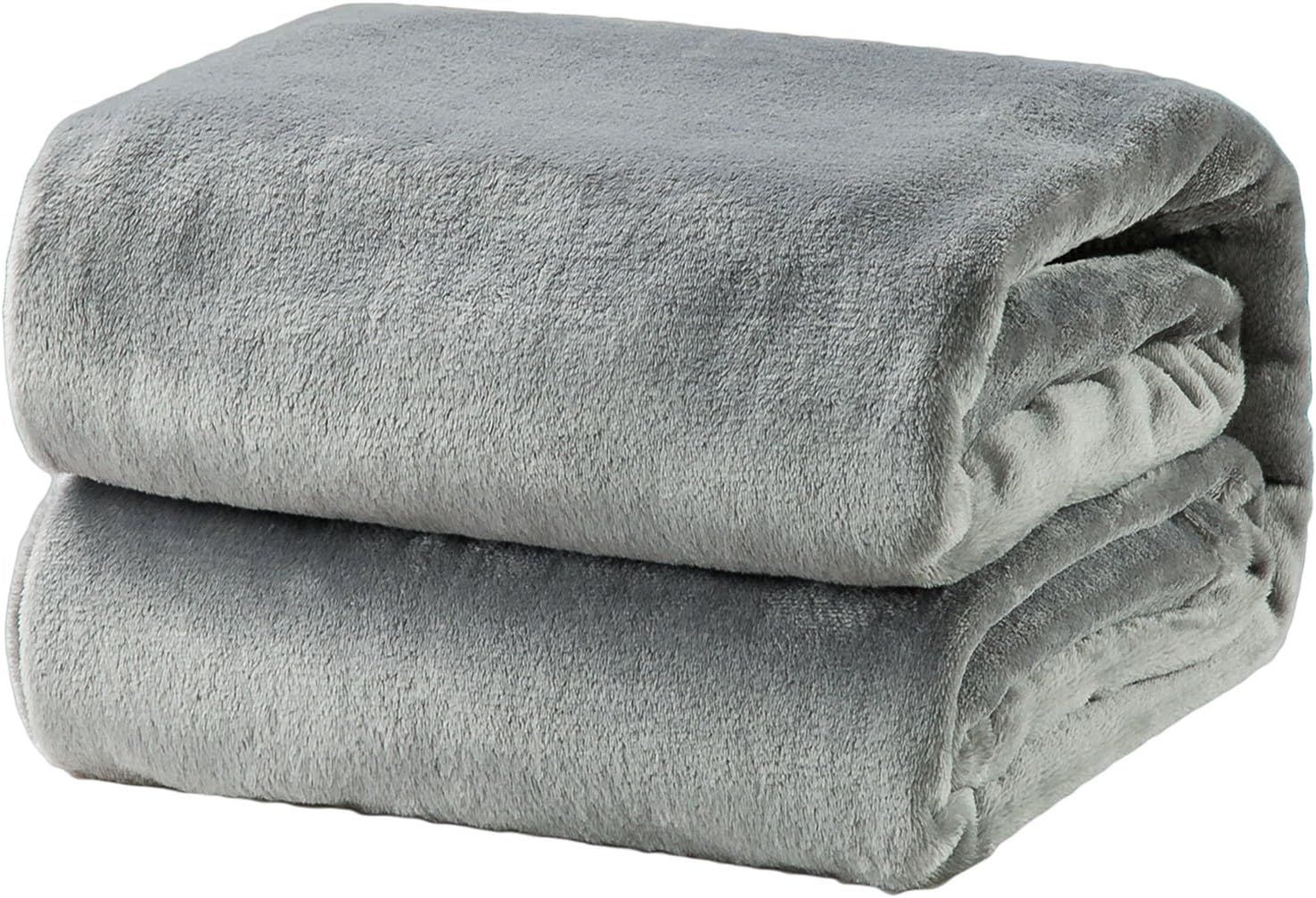
2. **Your Nightly Contribution: Skin Cells, Oils, and Sweat**
Every night, as we drift off to sleep, our bodies continue their natural processes, even when we’re completely still. We shed hundreds of thousands of skin cells, a continuous cycle of renewal that leaves behind a microscopic trail. Alongside this, our sebaceous glands excrete natural oils, contributing to the environment of our sheets and pillowcases.
Perhaps most surprisingly, we sweat up to half a pint of fluid each night, a process that occurs regardless of how clean we felt when we first slipped under the covers. This consistent output of bodily fluids and cells creates a rich, warm, and damp environment – an ideal breeding ground for various microorganisms and a continuous source of organic matter.
This shedding isn’t just a fascinating biological fact; it’s the primary reason why our bedding rapidly accumulates biological material. Even if you shower right before bed, this nightly contribution ensures your sheets and pillows are constantly being replenished with fresh ‘ingredients’ for microbial growth and allergen accumulation.
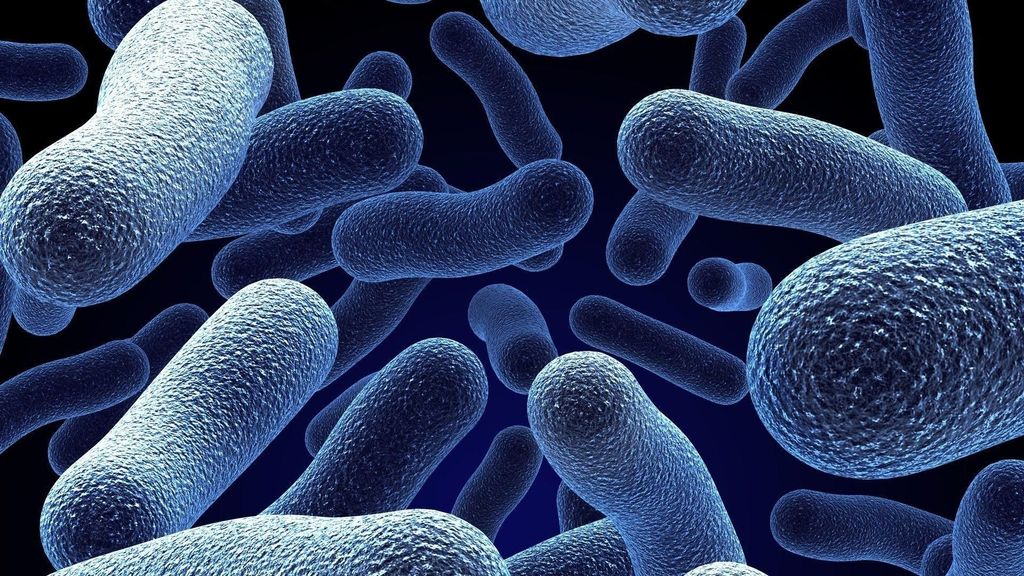
3. **The Unseen Inhabitants: Bacteria and Fungi Thriving in Your Bed**
Our skin is a vibrant ecosystem, hosting millions of bacteria and fungi, many of which are harmless or even beneficial. However, as we move and sleep, a significant portion of these microorganisms are transferred directly onto our sheets, pillowcases, and duvets. This constant transfer means your bedding quickly becomes home to a diverse microbial population.
One common consequence of this microbial activity is the development of body odor. While fresh sweat is typically odorless, the bacteria on our skin, particularly staphylococci, eagerly break down sweat into smelly byproducts. This is precisely why you might wake up feeling less than fresh, even after going to bed clean.
Beyond odor, the gradual build-up of bacteria and fungi on your sheets can unfortunately increase the likelihood of various skin conditions like acne and eczema, and contribute to itching. These microscopic bedfellows silently multiply, making regular washing an essential defense against their undesirable effects.

4. **Beyond Microbes: External Pollutants and Allergens**
It’s not just our own biological contributions that accumulate in our bedding. Throughout the day, our hair and bodies are exposed to a myriad of external elements. We collect pollutants from the air, microscopic dust particles, and, for many, significant amounts of pollen, especially during allergy season.
These environmental contaminants are easily transferred from our clothes, hair, and skin directly onto our sheets and blankets when we get into bed. Once there, they settle into the fibers, adding to the growing cocktail of irritants in our sleep environment.
The presence of these external pollutants and allergens can have a direct impact on our health. They are potent triggers for allergies, can affect breathing quality during the night, and generally contribute to poorer air quality within the bedroom. Regular washing helps to remove these external threats, ensuring a cleaner, more breathable space for sleep.

5. **The Tiny Threat: Dust Mites and Their Potent Allergens**
Among the most notorious unseen bedfellows are dust mites, microscopic, insect-like creatures that are far too small to be visible to the naked human eye. These pervasive pests thrive in the warm, damp conditions characteristic of bedding and mattresses, making your bed an ideal habitat for them.
The primary food source for dust mites? The hundreds of thousands of skin flakes we shed every single night. While the mites themselves are not considered dangerous and do not bite, their fecal droppings are incredibly potent allergens. These droppings can easily become airborne and be inhaled, causing significant issues.
Exposure to dust mite allergens can aggravate existing conditions such as eczema and asthma, and are a leading cause of allergic rhinitis, commonly known as hay fever. Taking steps to reduce dust mite populations is crucial for anyone prone to these allergic reactions, making proper bedding care a vital preventative measure.
6. **The Fungal Factor: Serious Health Risks Hiding in Your Pillows**
Beyond bacteria and dust mites, fungi also find your bed an incredibly appealing place to call home. The warm, often damp, environment provided by our bedding, especially within the porous filling of pillows, creates perfect conditions for fungal spores to settle and grow. This is a concern that extends beyond mere unpleasantness to serious health implications.
For instance, some species of fungi, such as *Aspergillus fumigatus*, have been detected in used bed pillows. While most healthy individuals can handle exposure, this particular species can cause serious lung infections, especially in people with weakened immune systems. Another fungal species, *Candida albicans*, known for causing thrush and yeast infections, can survive on fabrics for up to a month.
The internal filling of pillows and duvets can become a reservoir for these fungal growths if not properly cared for. Ensuring these items are washed and thoroughly dried is paramount to prevent the proliferation of mold and fungi that could otherwise pose a silent threat to your respiratory health.
Product on Amazon: DustmiteX Dust Mite Spray – Dust Mites Remover + Flea Killer for Allergy & Asthma Relief for Cleaning in Home, Bed, Pet Bedding, & Furniture, Anti Allergen Dust Mites Killer
Brand: The Ecology Works
Binding: Product Group: Lawn & Patio
Price: 37.99 USD
Rating: 4.1 Total reviews: 163
Scent: Unscented
Material Feature: Unscented
Item Form: Spray
Number of Items: 2
Shopping on Amazon >>
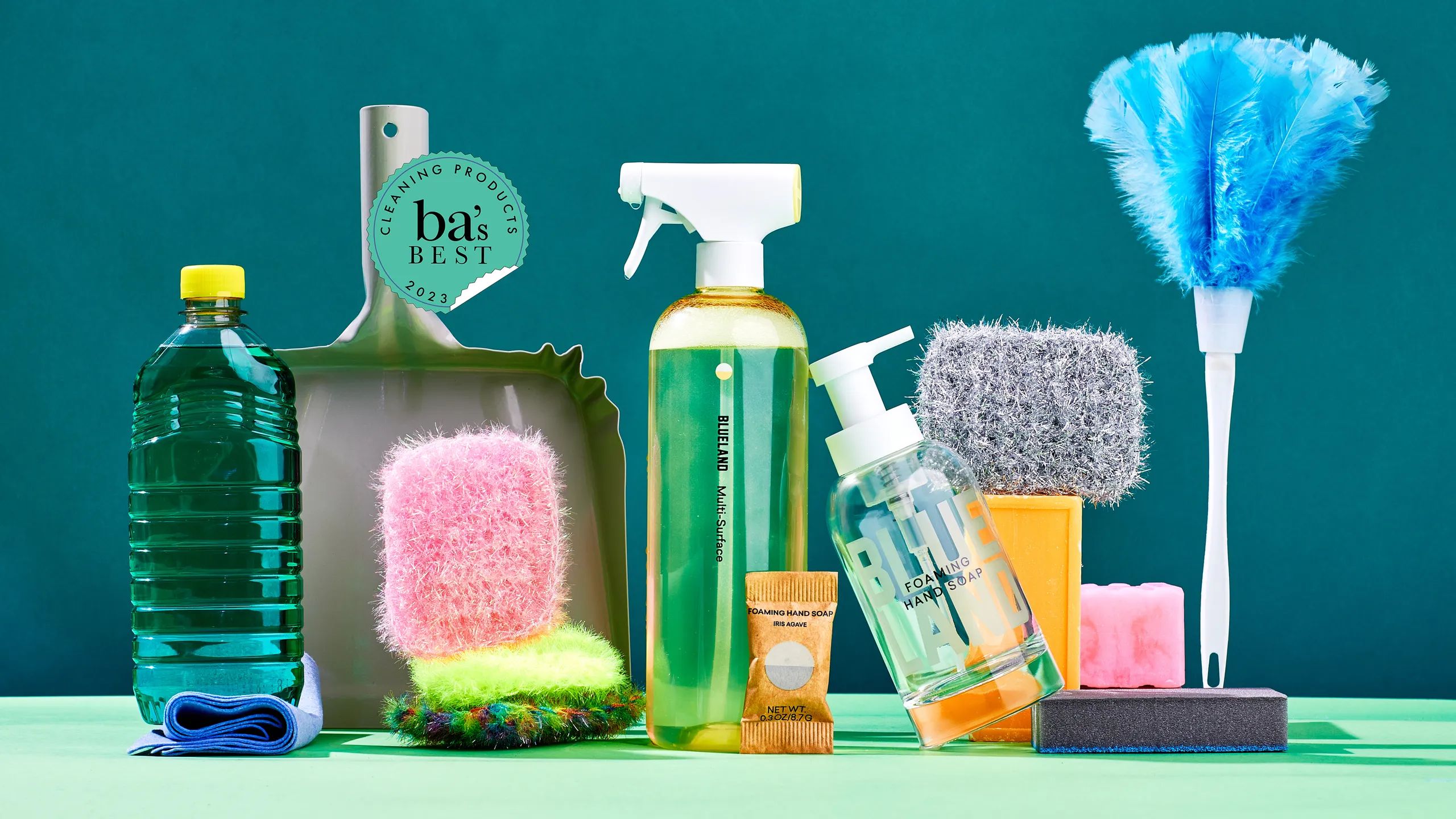
7. **The Pet Effect: When Furry Friends Add to the Microbial Mix**
For many of us, the joy of sharing our bed with a beloved pet is undeniable. However, from a microbiological perspective, inviting your furry friends into your sleep space significantly amps up the microbial activity and the accumulation of foreign substances in your bedding. Animals, naturally, introduce an extra layer of elements into your sheets and blankets.
This includes additional hair, dander (tiny flakes of skin), dirt, and, occasionally, even microscopic fecal traces. These additions contribute to a much livelier microbial party within your bed, creating an even richer environment for bacteria, fungi, and dust mites to thrive. Pets also track in outdoor allergens like pollen and environmental pollutants directly onto your bedding.
Consequently, if you sleep with pets, the frequency at which you should be washing your bedding significantly increases. What might be acceptable for a pet-free bed becomes insufficient when you add animal companions, making more frequent laundering a necessary habit for maintaining a truly hygienic sleep environment for everyone, paws included.
Now that we’ve delved into the surprising microscopic world thriving within our bedding, the obvious question arises: what can we do about it? Fear not! As a microbiologist, I’m here to provide you with a clear, actionable guide based on science-backed advice, designed to transform your sleep environment into a truly hygienic sanctuary. This isn’t just about making your bed look clean; it’s about fundamentally improving your health and ensuring truly restorative sleep by implementing an effective bedding cleanse routine. It’s time to move from understanding the problem to becoming the solution, item by item.
Get ready to put your laundry machine to good use and discover the practical strategies that will help you combat those unseen bedfellows and create the fresh, clean haven your body and mind deserve. Each piece of your bedding plays a unique role in your sleep ecosystem, and each requires specific attention to maintain optimal cleanliness. By following these straightforward guidelines, you’ll be well on your way to enjoying healthier, sweeter dreams, night after night. So, let’s roll up our sleeves and tackle your ultimate bedding cleanse!
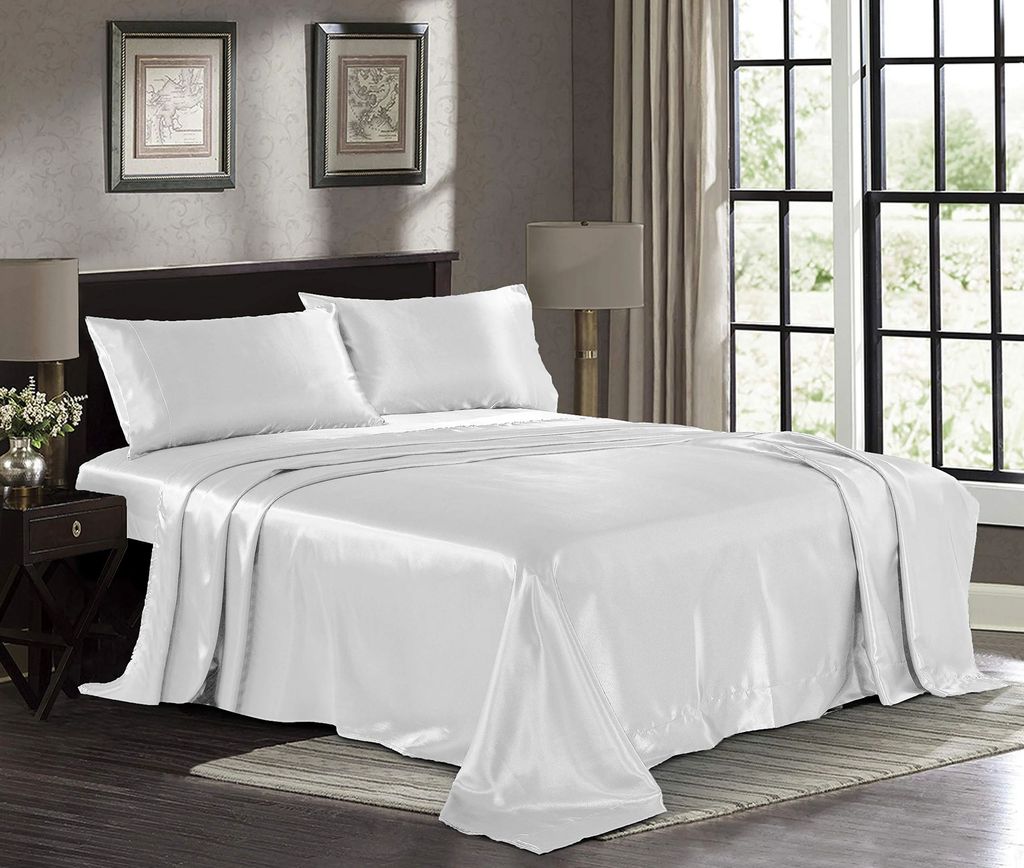
8. **Sheets and Pillowcases: Your First Line of Defense**
These are the items you come into direct contact with every single night, making them the primary recipients of your body’s nightly contributions – think sweat, skin cells, and natural oils. Consequently, sheets and pillowcases demand the most frequent attention in your washing routine. The general recommendation is to wash them weekly to effectively remove the accumulating sweat, oils, microbes, allergens, and dead skin cells that settle into their fibers each night.
However, there are specific scenarios where even more frequent washing is essential. If you’ve recently been ill, especially with a cold or flu, or if you tend to sweat heavily during the night, increasing the washing frequency to every three to four days is a smart move. The same accelerated schedule applies if you share your bed with pets, as they introduce additional hair, dander, and external contaminants that rapidly increase the microbial load. This proactive approach ensures that your immediate sleep surface remains consistently fresh and clean.
When it comes to the ‘how,’ washing at 60°C (140°F) or higher with detergent is crucial for effectively killing bacteria and dust mites. For an even deeper level of sanitization, consider tumble drying on a hot setting or ironing your sheets, as the heat helps to eliminate any lingering microorganisms. For those stubborn dust mites that might burrow into pillow interiors despite regular washing, freezing your pillows for at least 8 hours can be a surprising but effective way to target them directly.
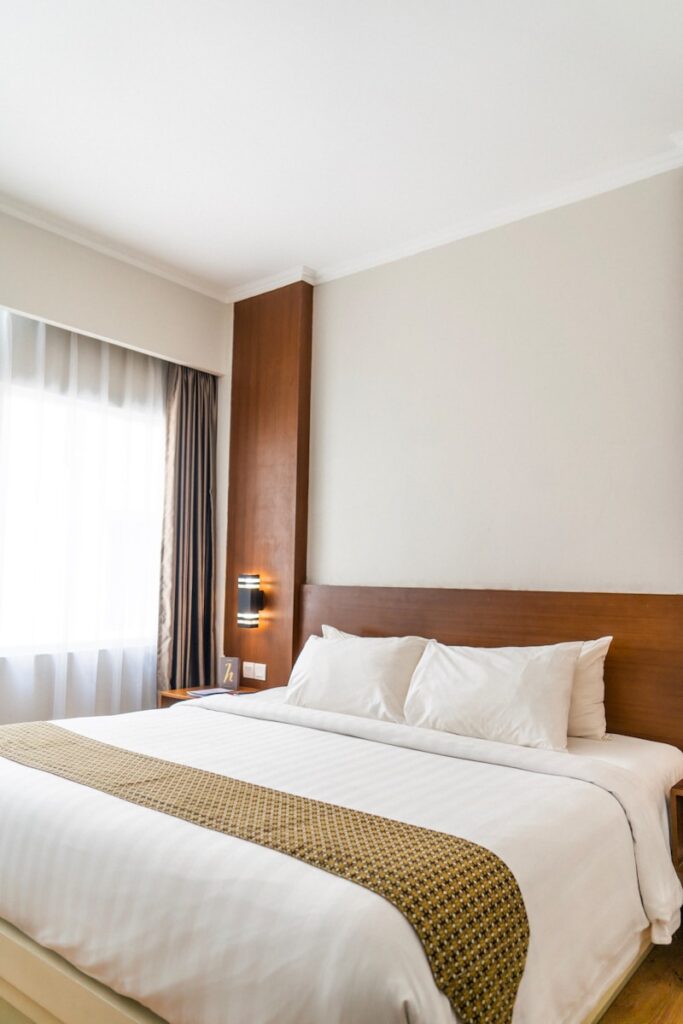
9. **Mattresses: The Unseen Foundation of Your Sleep Sanctuary**
While you can’t toss your entire mattress into the washing machine, it’s a critical component of your sleep environment that absolutely requires regular care. Your mattress is a significant collector of sweat, which increases moisture levels and creates an incredibly inviting breeding ground for dust mites. Therefore, vacuuming your mattress at least weekly is an important habit to adopt, helping to remove surface dust, skin flakes, and some of those microscopic mites.
Beyond vacuuming, airing your mattress every few days can make a substantial difference. This involves stripping the bed linens and allowing the mattress to breathe, which helps to reduce moisture build-up and inhibit the growth of mold and mildew. This simple step contributes significantly to maintaining a drier, less hospitable environment for unwanted microscopic inhabitants.
To provide an extra layer of protection and prolong your mattress’s lifespan, using a plastic or allergen-proof mattress protector is highly recommended. These protectors act as a barrier, preventing sweat, oils, and allergens from penetrating the mattress itself. Furthermore, it’s advised to replace your mattress every seven years. This ensures continued hygiene and proper support, contributing to both your health and the quality of your sleep.

10. **Pillow Interiors: Don’t Forget What’s Inside**
Many of us diligently wash our pillowcases, but the internal filling of our pillows often gets overlooked – and that’s a mistake. As mentioned previously, pillow interiors can become significant reservoirs for bacteria and mold due to accumulated moisture, oils, and the warmth they retain. This hidden microbial growth can pose serious health risks, particularly from certain fungal species. It’s a common blind spot in bedding hygiene, yet it holds crucial importance for respiratory health.
To combat this, pillow interiors should be washed every four to six months. However, it’s absolutely vital to check the care label on your specific pillows first, as materials and construction can vary widely, and some may require professional cleaning or have specific washing instructions. Ignoring these labels could damage your pillows and reduce their effectiveness.
When washing, the key is to wash them thoroughly and, perhaps even more importantly, to dry them completely. Any residual dampness provides the perfect conditions for fungal growth, undoing all your good work. Use a tumble dryer with dryer balls to fluff the filling and ensure even drying, or air dry them in a well-ventilated area, turning them frequently. This meticulous drying process is your best defense against the proliferation of hidden mold and fungi.
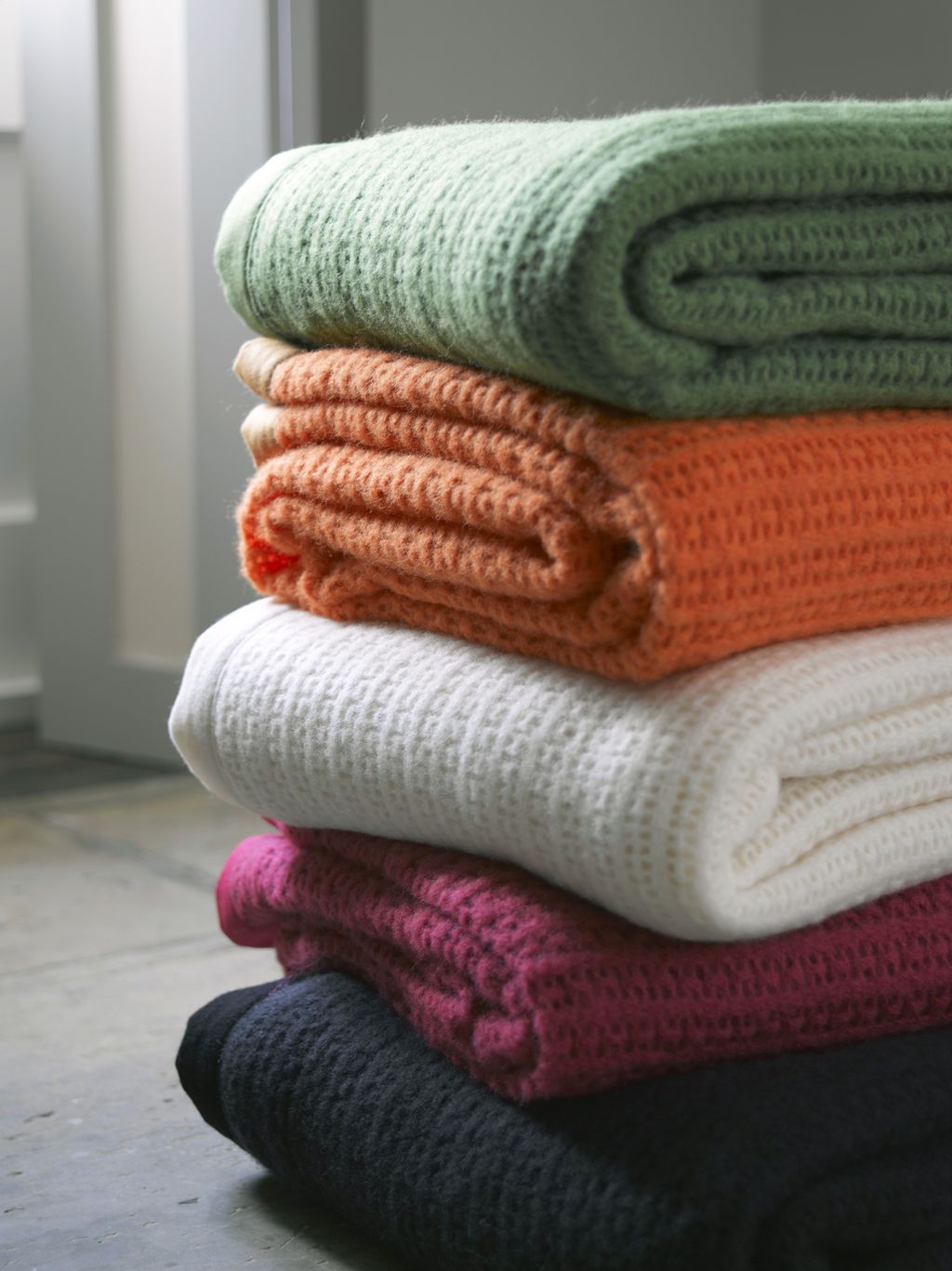
11. **Blankets and Duvet Covers: Layers of Comfort and Contaminants**
While not in as direct contact with your body as sheets, blankets and duvet covers still play a significant role in accumulating skin cells, sweat, and allergens. As you move throughout the night, these items trap a considerable amount of biological material and external pollutants, gradually becoming less hygienic. Their larger surface area means they collect more airborne particles and shed skin.
For most households, washing blankets and duvet covers every two weeks is an ideal frequency. However, if you allow pets to sleep on these items, the washing schedule should be increased to more often than bi-weekly. Pets bring in extra dander, hair, and outdoor contaminants, necessitating more frequent laundering to maintain a truly clean environment.
For effective cleaning, wash these items at 60°C or as high as the care label allows. This temperature is effective in sanitizing the fabric and eliminating dust mites and bacteria. Some experts even recommend treating blankets and duvet covers similarly to towels, which are typically washed regularly and at hot temperatures, ensuring they remain consistently hygienic and fresh.
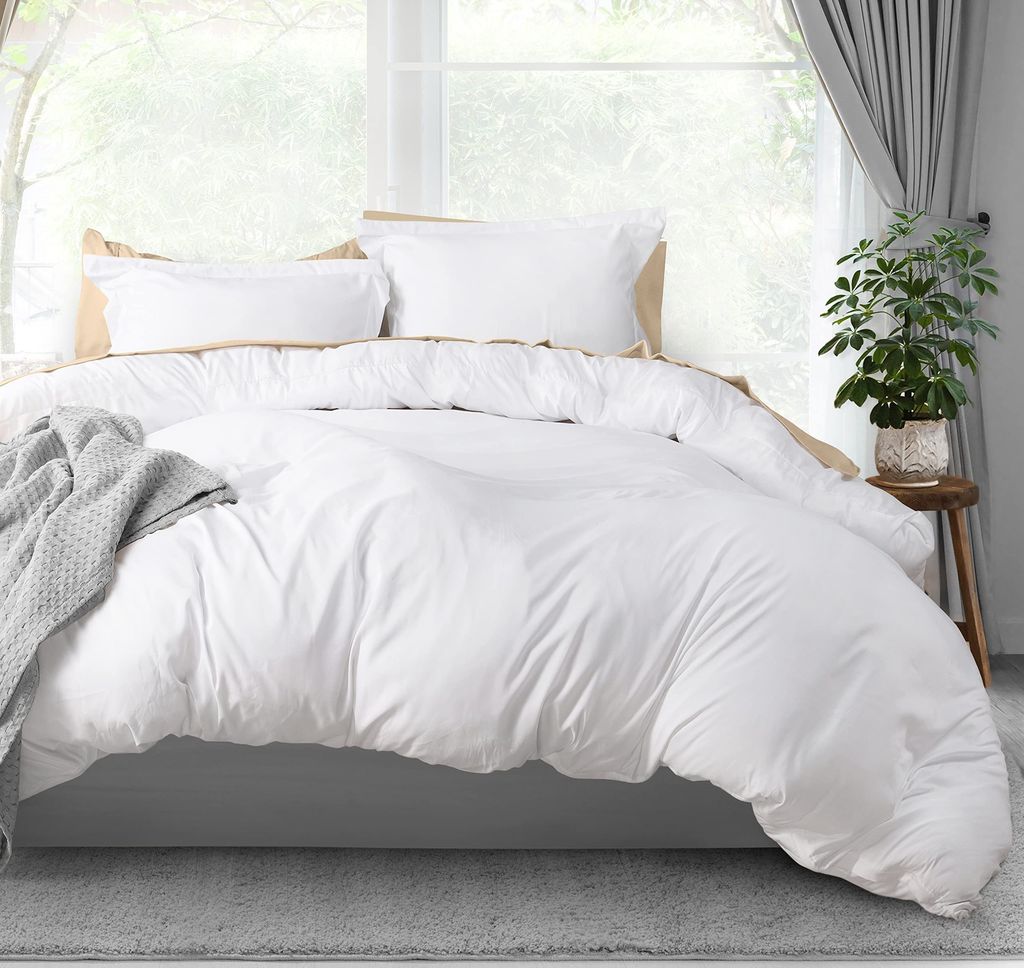
12. **Duvets: The Grand Cover-Up**
Duvets, even with a cover, are not impervious to the accumulation of bodily oils, sweat, and dust mites. Over time, these elements inevitably seep into the duvet’s filling, creating a hospitable environment for microbial growth and allergen build-up. Neglecting duvet cleaning can lead to a significant reservoir of hidden irritants and microorganisms, impacting the overall hygiene of your bed, even if your other linens are spotless.
The recommended washing frequency for duvets is every three to four months. This timing can be adjusted based on usage – for instance, if you sweat a lot, or if children or pets frequently share your bed, you might consider washing them more often. This periodic deep clean is essential for removing embedded oils, dead skin cells, and mite allergens that a duvet cover alone cannot protect against.
Before you toss your duvet into the machine, always check the care label. Many modern duvets are designed to be machine-washable, but others, especially those with delicate fillings like down, may require professional cleaning to avoid damage. Proper drying is also critical; ensure your duvet is thoroughly dry to prevent mold or mildew from forming within its voluminous filling, which could compromise both its integrity and your health.
Product on Amazon: Elegant Comfort Luxury 3-Piece Duvet Cover Set – 1500 Premium Hotel Quality Microfiber Hotel Collection – Comforter Cover with Button Closure and Shams, Full/Queen, White
Brand: Elegant Comfort
Binding: Kitchen Product Group: Home
Price: 23.86 USD
Rating: 4.2 Total reviews: 1008
Size: Full/Queen
Material: Microfiber
Color: White
Pattern: Solid
Shopping on Amazon >>
13. **The Profound Benefits of a Hygienic Sleep Sanctuary: Investing in Your Well-being**
Adopting these bedding hygiene practices extends far beyond simple neatness; it’s a powerful investment in your overall health and well-being. Regular laundering actively removes the “biological soup” – the sweat, skin, dust, and microbes – that rapidly accumulates in your bed. This consistent cleanliness helps to significantly reduce allergic reactions, prevent skin conditions like acne and eczema, and keep unpleasant odors at bay, creating an inviting atmosphere that truly promotes rest.
Beyond immediate comfort, the science is clear: a hygienic sleep environment profoundly impacts the quality of your sleep, which in turn affects everything from your cardiovascular health to your mental clarity and immune system function. When your body isn’t fighting off allergens or reacting to irritants throughout the night, it can dedicate more energy to repair, rejuvenation, and deep, restorative processes. This consistent, undisturbed rest is the cornerstone of a vibrant, healthy life.
So, embrace the habit of regular bedding care. It’s a small effort with colossal returns for your health and daily vitality. Stripping the bed, washing those sheets, and even freezing your pillows are simple steps that empower you to take control of your sleep environment. Your body, your mind, and indeed, your sinuses, will undoubtedly thank you for it, ensuring you wake up truly refreshed and ready to conquer each day with vigor. Here’s to sweet dreams and happy laundering!


